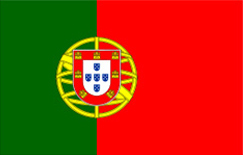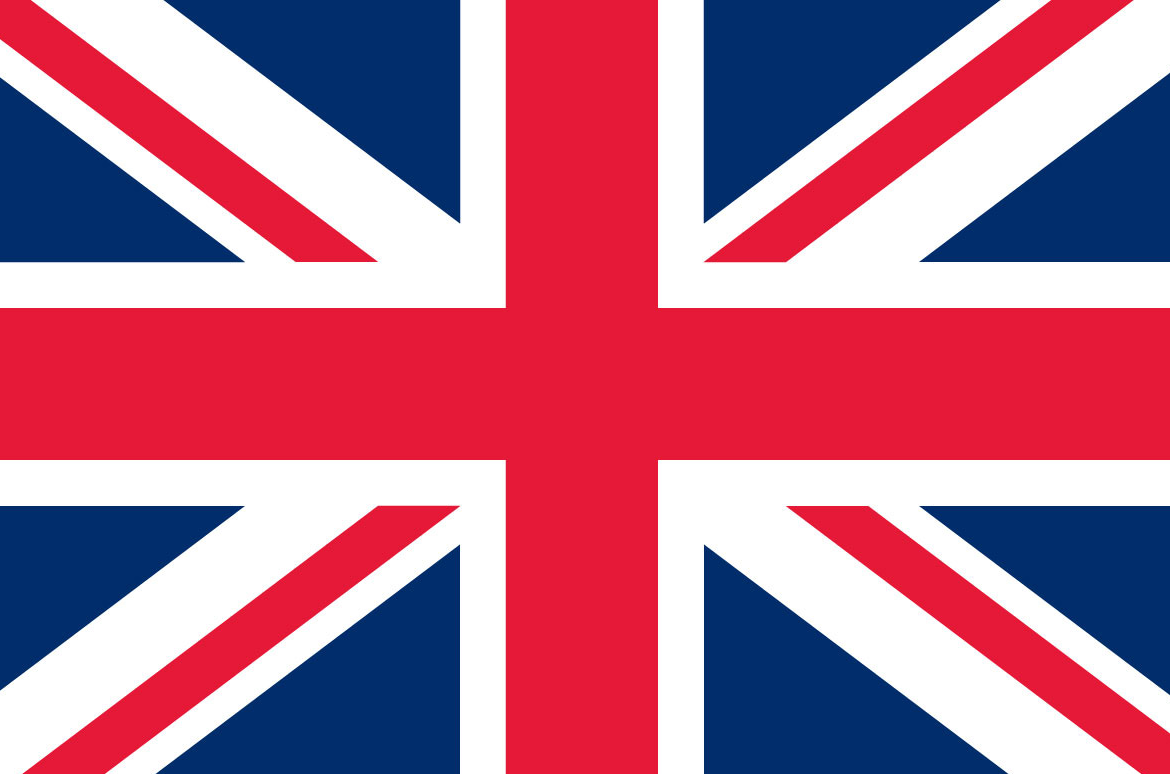OSPAR Convention
The OSPAR Convention is a regional marine convention that aims to protect the Marine Environment of the Northeast Atlantic. It is a legal mechanism through which the contracting parties that make up the OSPAR Commission cooperate to protect the marine environment of the North East Atlantic
OSPAR Convention
Breadcrumbs
- Planning and Sustainability
- Environmental Monitoring
- OSPAR Convention
- OSPAR Convention
OSPAR Contracting Parties are: Belgium, Denmark, Finland, France, Germany, Iceland, Ireland, the Netherlands, Norway, Portugal, Spain, Sweden, the United Kingdom, Luxembourg, Switzerland and also the European Union.
The Commission started in 1972, through the Oslo Convention which discussed the problem of dumping. Later, in 1974, the Paris Convention discussed issues related to sources of marine pollution from terrestrial origin and from the offshore industry. These two conventions were unified, updated and extended by the OSPAR Convention in 1992. The name OSPAR thus comes from the two original conventions ("OS" in Oslo and "PAR" in Paris).
The operating area of the OSPAR Convention is made up of five marine sub-regions:
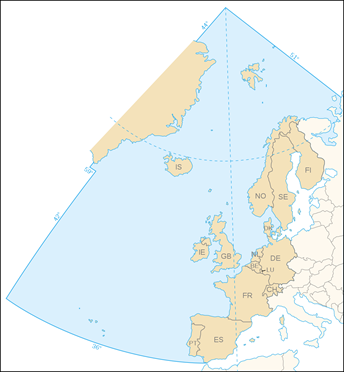
The OSPAR Commission bases its Decisions and Recommendations on the following principles:
- Ecosystem approach
- The precautionary principle
- The polluter pays principle
- Best Available Techniques (BAT) and Best Environmental Practices (BEP), including clean technology.
The OSPAR convention, like other regional conventions aimed at protecting the marine environment and its biodiversity, also contributes to the objective of the Marine Strategy Framework Directive, which is to achieve good environmental status in EU marine waters by 2020.
The OSPAR Commission also has a Secretariat, whose function is to assist the Parties in pursuing the objectives of the Convention. Currently, the position of Executive Secretary is held by the Portuguese Dr.ª Susana Salvador.
The main subjects studied and analyzed by OSPAR are the following:
- Marine ecosystems and biodiversity
- Hazardous substances and eutrophication
- Human activities
- Offshore industry
- Radioactive substances
- Cross-cutting issues.
![]() Working groups with current direct participation from DGRM
Working groups with current direct participation from DGRM
DGRM is responsible for coordinating national representation at the OSPAR Convention.
I. Marine Protected Areas
II. Marine Litter
III. Intersessional Correspondence Group on the Marine Strategy Framework Directive (ICG MSFD)
I. Marine Protected Areas
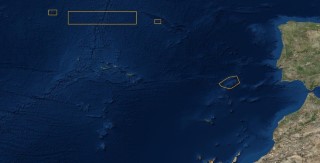
Under the OSPAR Convention, Marine Protected Areas (MPAs) are spaces designated by the Contracting Parties whose objective is to protect and conserve marine species and habitats, ecosystems and the ecological processes of the marine environment. In AMP specific protection and conservation measures, or measures for the recovery and restoration of degraded areas are applied, and precautionary measures are also taken to prevent the occurrence of environmental damage in the marine environment.
At the Ministerial Meeting in Sintra, in 1998, the ministers of the OSPAR Contracting Parties agreed to establish a coherent network of Marine Protected Areas in the Northeast Atlantic. In subsequent years, this network has been built and expanded, with a greater emphasis on quality, efficiency and the practical result of the measures adopted.
As of 1 October 2016, the OSPAR network was made up of a total of 448 AMPs, including seven in marine spaces located beyond the national jurisdiction of the Contracting Parties. As a whole, the AMPs of the OSPAR network correspond to 5.9% of the respective Marine Area.
The technical data relating to each of these areas, as well as the corresponding cartographic representation, are gathered in a specific database, which is updated regularly and can be consulted on the Convention website. Currently, Portugal contributes to the OSPAR network with a total of 13 AMP, five of which are located in the marine area adjacent to the mainland, while the remaining eight are distributed in the surrounding marine region of the Azores archipelago.
II. Marine Litter
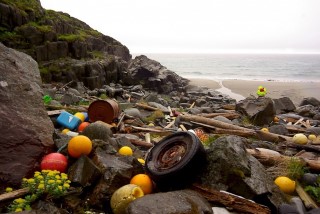
In order to fulfill this objective, the OSPAR Commission approved in 2014 (meeting held in Cascais) a Regional Action Plan (RAP) for Marine Garbage applied to the 2014-2021 period. The RAP contains 55 collective and national actions on land-based and sea-based sources, as well as education, dissemination and marine waste removal actions.
The main areas of action addressed in the RAP are: Port reception facilities; Waste from the fishing industry; Penalties for throwing garbage into the sea; 'Fishing for litter' (fishing vessels collect marine litter; Fishing gear lost and abandoned at sea; Floating garbage hotspots; Education and dissemination; Better waste management; Drainage of sewage and rainwater; Reduction of single-use items; Microplastics removal / zero pellet loss objective; Redesign of harmful products.
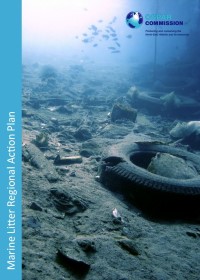
DGRM actively participates in several actions in the action plan for marine litter, and in particular leads actions 49 and 55:
- Action 49, relating to the presence and impact of expanded polystyrene in the marine environment and the involvement of Industry in the development of solutions to reduce its impacts.
The Interreg OceanWise project, led by DGRM, intends to respond to this RAP action.
- Action 55, for the development of regional and sub-regional maps of hotspots for the accumulation of floating marine waste.
The CleanAtlantic project, in which DGRM is a partner, includes work areas aimed at responding to this RAP action.
Get to know the OSPAR Action Plan for marine litter here.
III. Intersessional Correspondence Group on the Marine Strategy Framework Directive (ICG MSFD)
The ICG-MSFD is the Intersectional Correspondence Group on the subjects of the Marine Strategy Framework Directive, under the aegis of the OSPAR Coordination Group (CoG), which includes those responsible for the implementation of the DQEM in each Member State, representatives of the contracting parties OSPAR members who are not members of the European Union and the European Commission.
The group was formed in order to provide an informal discussion platform for the entities responsible for implementing the DQEM in the member states and, at the same time, to support the CoG in coordinating the requirements for compliance with the Directive.
![]() Related Content
Related Content

